PAGE 7. 1955 Elvish & Cucciolo History
*******************************************************************************************
1955 ELVISH Cyclomoteur with 48cc CUCCIOLO engine:
*******************************************************************************************
CUCCIOLO HISTORY:
The Ducati family founded the Società Radio Brevetti Ducati in Bologna in 1926 and enjoyed a worldwide reputation for radio and electrical equipment. Their factory was destroyed in the 2nd World War, and the Ducati brothers researched new products to introduce when the war ended.
During the War, Aldo Farinelli designed and developed a 4-stroke cycle attachment engine with 2-speed gearing. Ducati joined another Italian company, SIATA, to manufacture this engine as the Cucciolo (“Little Puppy”). It was introduced in 1946 as an auxiliary engine in a box. Ducati now owned the exclusive rights to the Cucciolo.
A new and original design, the T2, was introduced in 1948 and though it was similar to the original it was improved all round. A sports version was added, which could reach a top speed of 60 kmh.
In the first 2 years an average of 240 units a day were produced. In 1948 Ducati designed a new engine, the T3, with 3 gears and a grease-lubricated valve gear enclosed in a case. A new tubular frame with rear suspension was added in 1949. The Sports version introduced in 1950 had a 65cc capacity, swinging-arm, and telescopic shock absorbers.
The 4-stroke Ducati Cucciolo was the market leader in its field, and no other cycle attachment came close in terms of design innovation or performance. Fuel consumption was logged at an amazing 225 a gallon.
*******************************************************************************************
With its enviable reputation, manufacturers in various countries bought in the engine to power their mopeds; as it was a top-of-the-range unit, it was reserved for upmarket machines.
This therefore provides an interesting concept – that of a ‘rich person’s moped’ – because these days, of course, we might think of a moped only as a down-market product.
The Elvish is the perfect example of a ‘rich person’s moped.’ Not only is the engine top-of-the-range, but little expense has been spared in the design and manufacture of the machine.
Look at those crazy handlebars!
This is not a cyclomoteur you would expect to see laden with goods in a Paris market, but one to poodle around on your way to the Cannes Film Festival, or something to be parked on your yacht.
Though with its delightfully magical elf-like name, I wouldn’t be surprised to come across one in a wooded glade while out mushrooming in the forest.
I bought this Elvish from Pierre, a friend of a friend, because it’s one of the prettiest cyclomoteurs I’ve seen.
Also, powered by the Cucciolo 4-stroke engine with such good engineering, it’s a much more practical proposition to use on a regular basis.
He says the engine has never been apart. For good reason, according to him, as he points out how there are numerous diagrams to help you dismantle a Cucciolo engine, but none to illustrate how to re-assemble it.
Pierre is selling it because of his divorce. Every Frenchman is a philosopher so maybe we can compare his observation with another activity that’s easy to get into but drives you crazy to get out of: there’s every encouragement to help us fall in love; but nobody ever mentions how to fall out of it again 🙂
*******************************************************************************************
*******************************************************************************************
The ELVISH Company
The company ‘Manufacture des Cycles Elvish’ was based at 3 rue de Livron. Pau (B-P). Their first cyclemotor, in 1951, was powered by a VAP 4 engine, and from 1952 also by a 49cc le Poulain. They made cyclemotors until 1957, and the Cucciolo models were produced between 1954-56.
They made a small scooter too, which was also powered by the Cucciolo engine
*******************************************************************************************
The M. ROCHER Company
In France, Cucciolo engines were supplied by M. Rocher of Paris, who also made their own cucciolo-powered cyclemotors.
One Response to “PAGE 7. 1955 Elvish & Cucciolo History”
Comments are closed.
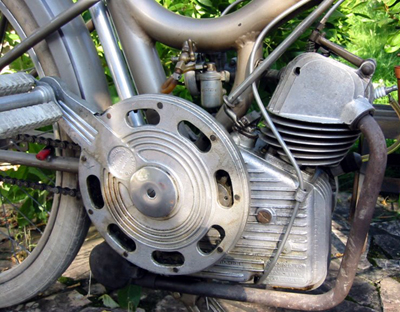
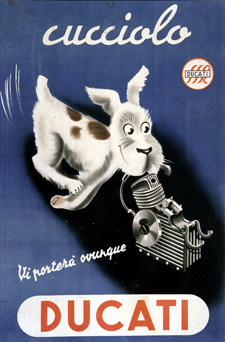
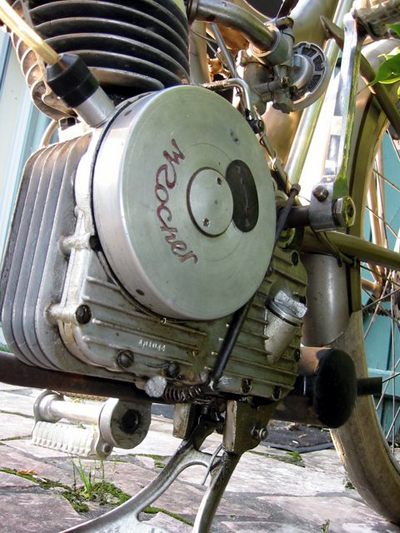
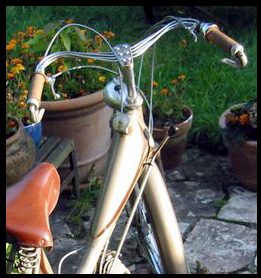
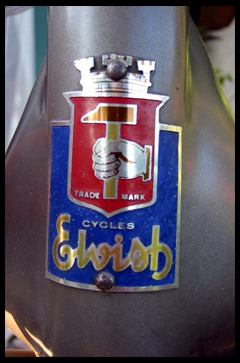
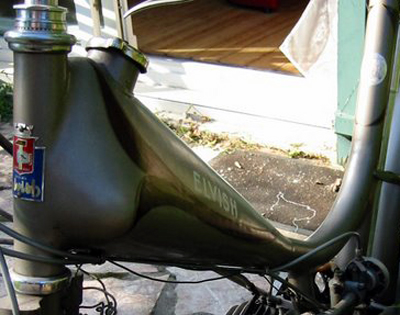
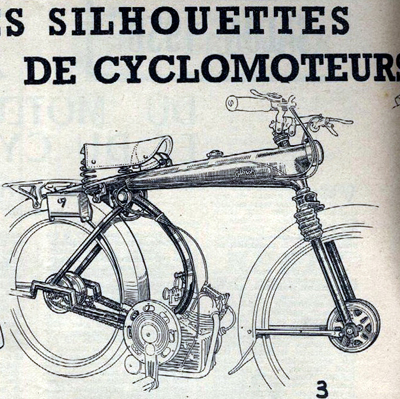
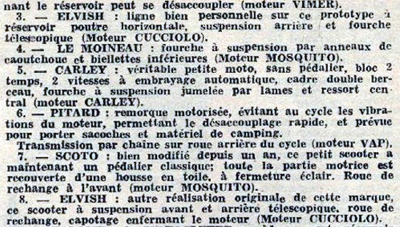
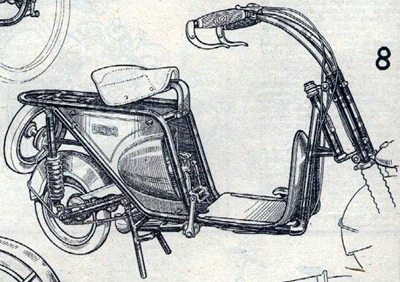
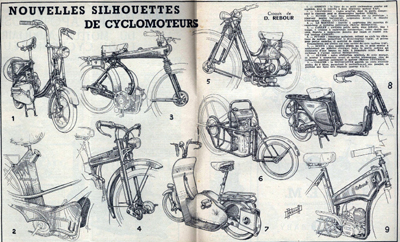
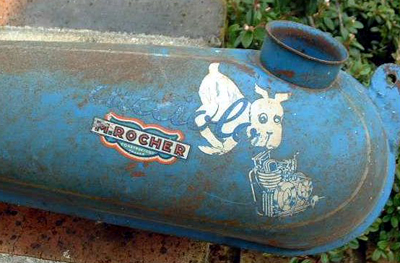
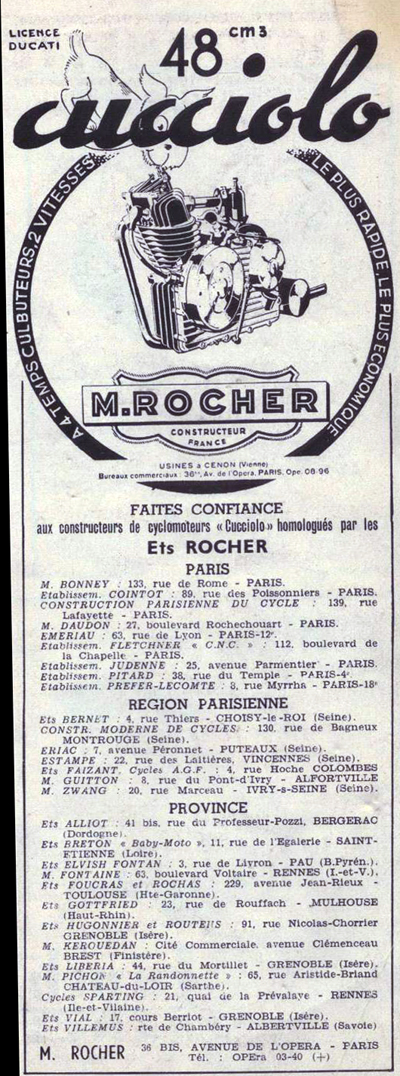
[…] Or CLICK HERE […]
1955 Elvish Cucciolo 48cc Cyclemotor « www.Under50.cc - February 25, 2008 at 7:12 am